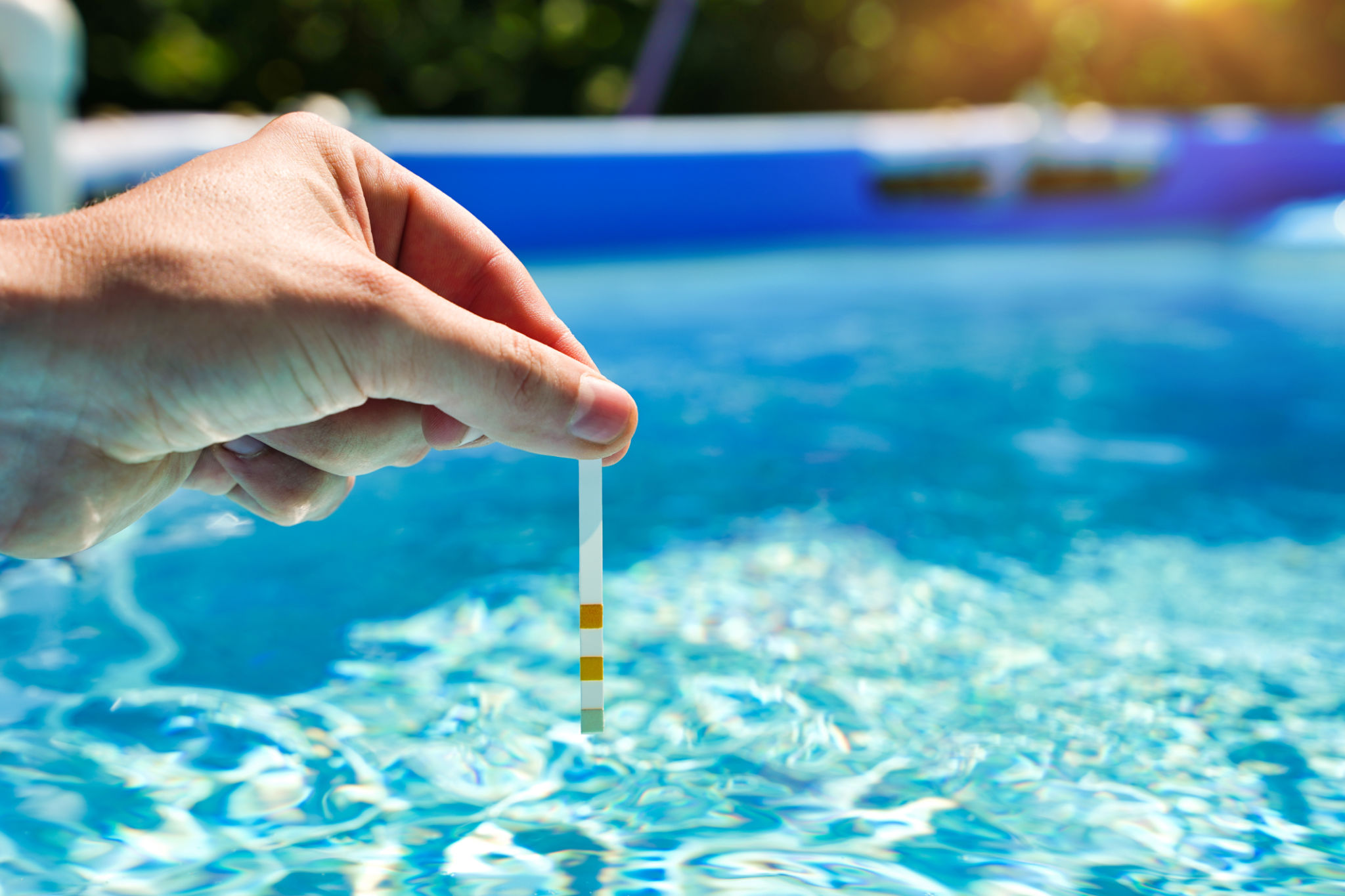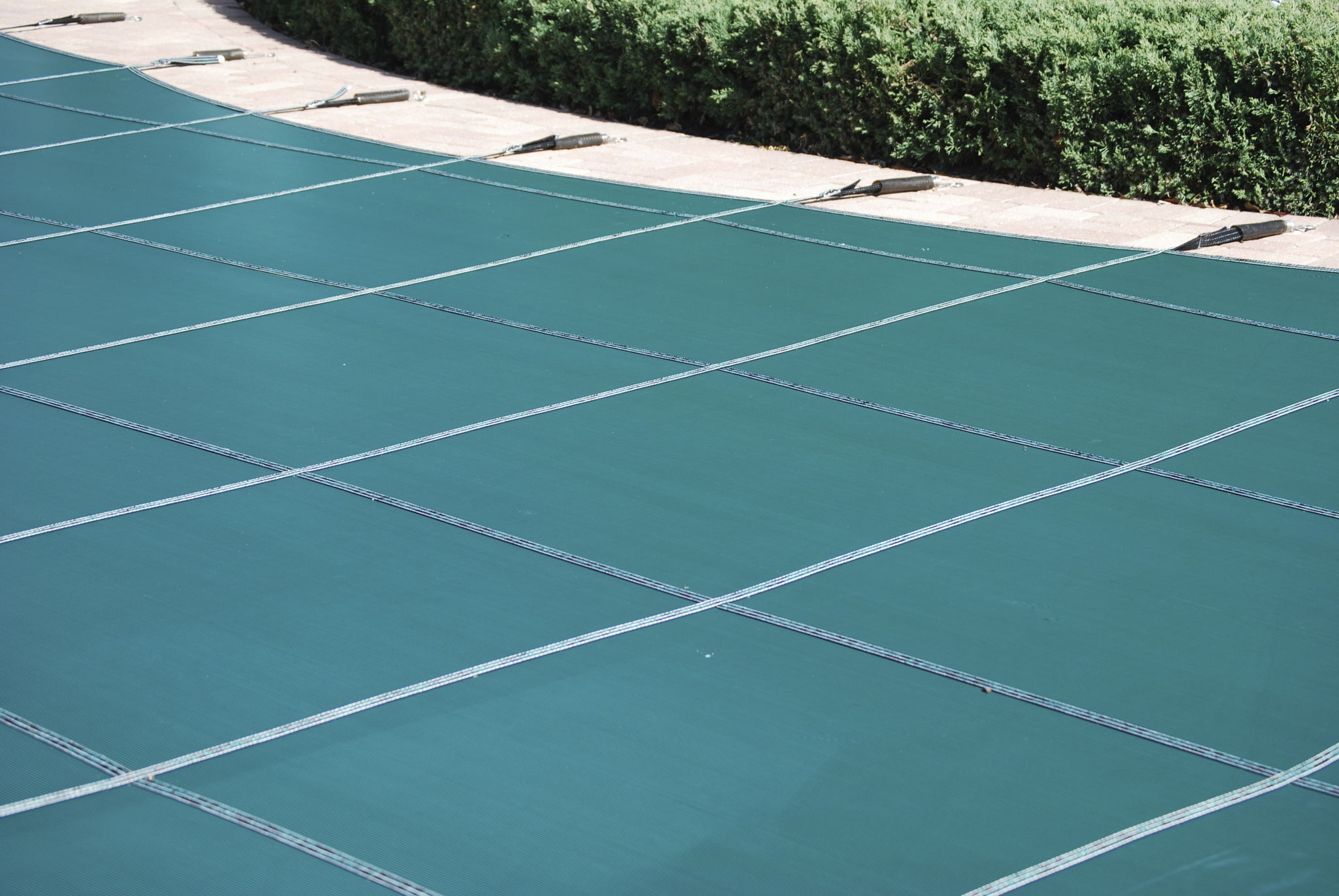Top Tips for Maintaining Your Chlorine Pool Year-Round
Understanding the Basics of Chlorine Pool Maintenance
Maintaining a chlorine pool year-round can seem daunting, but with the right approach, it becomes an easy task that ensures your pool remains clean and safe for swimmers. Chlorine is a powerful sanitizer that effectively kills bacteria and keeps algae at bay. Understanding how to maintain proper chlorine levels is key to a healthy pool environment.
To start with, it's crucial to regularly test your pool water. Testing kits or strips are widely available and provide a quick way to monitor the chlorine levels. Ideally, the chlorine level should be between 1-3 ppm (parts per million). This range ensures your pool is safe for swimming while effectively controlling harmful microorganisms.

Maintaining Water Balance
A well-balanced pool isn't just about chlorine levels; it's also about maintaining the right pH, alkalinity, and calcium hardness. The pH level should be between 7.2 and 7.8. If the pH level is off, chlorine becomes less effective, and swimmers might experience eye irritation.
Alkalinity acts as a buffer for pH, preventing drastic changes. The ideal range for total alkalinity is 80-120 ppm. Calcium hardness should also be monitored; too low can lead to corrosion, while too high can cause scaling. Aim for a calcium hardness level of 200-400 ppm.

Regular Cleaning and Skimming
Regularly cleaning your pool is essential in maintaining its aesthetic appeal and hygiene. Skimming the surface daily removes leaves, insects, and other debris that might collect in the water. Investing in a quality pool skimmer can make this task easier and more efficient.
Additionally, brushing the sides and bottom of your pool weekly helps prevent algae buildup and keeps surfaces clean. Vacuuming the pool regularly is also recommended to remove dirt and debris that may have settled on the pool floor.

Shock Treatments and Algaecides
Even with regular maintenance, there are times when your pool requires a little extra care. Shocking your pool with a higher dose of chlorine helps eliminate contaminants that regular chlorination might miss. It's best to perform this treatment during the evening to prevent the sun from burning off the chlorine too quickly.
Algaecides are another useful tool in maintaining your pool's cleanliness. While chlorine should manage most algae issues, during warmer months or periods of heavy use, algae can become problematic. A monthly algaecide treatment can be beneficial in keeping algae at bay.
Seasonal Adjustments
Each season brings different challenges to pool maintenance. In the summer, higher temperatures and increased use may require more frequent monitoring and adjustments to your chlorine levels. Conversely, during winter months, you might reduce the frequency of these checks as usage decreases.
If you live in an area with harsh winters, consider using a pool cover to protect your pool from debris and temperature fluctuations. This not only helps maintain water quality but also reduces the need for chemicals during colder months.

Conclusion
By following these tips and maintaining a consistent maintenance routine, you can enjoy a sparkling clean chlorine pool all year round. Regular testing, balanced water chemistry, routine cleaning, and seasonal adjustments are all part of keeping your pool in top condition. Remember, a well-maintained pool is not only more enjoyable but also safer for everyone who uses it.